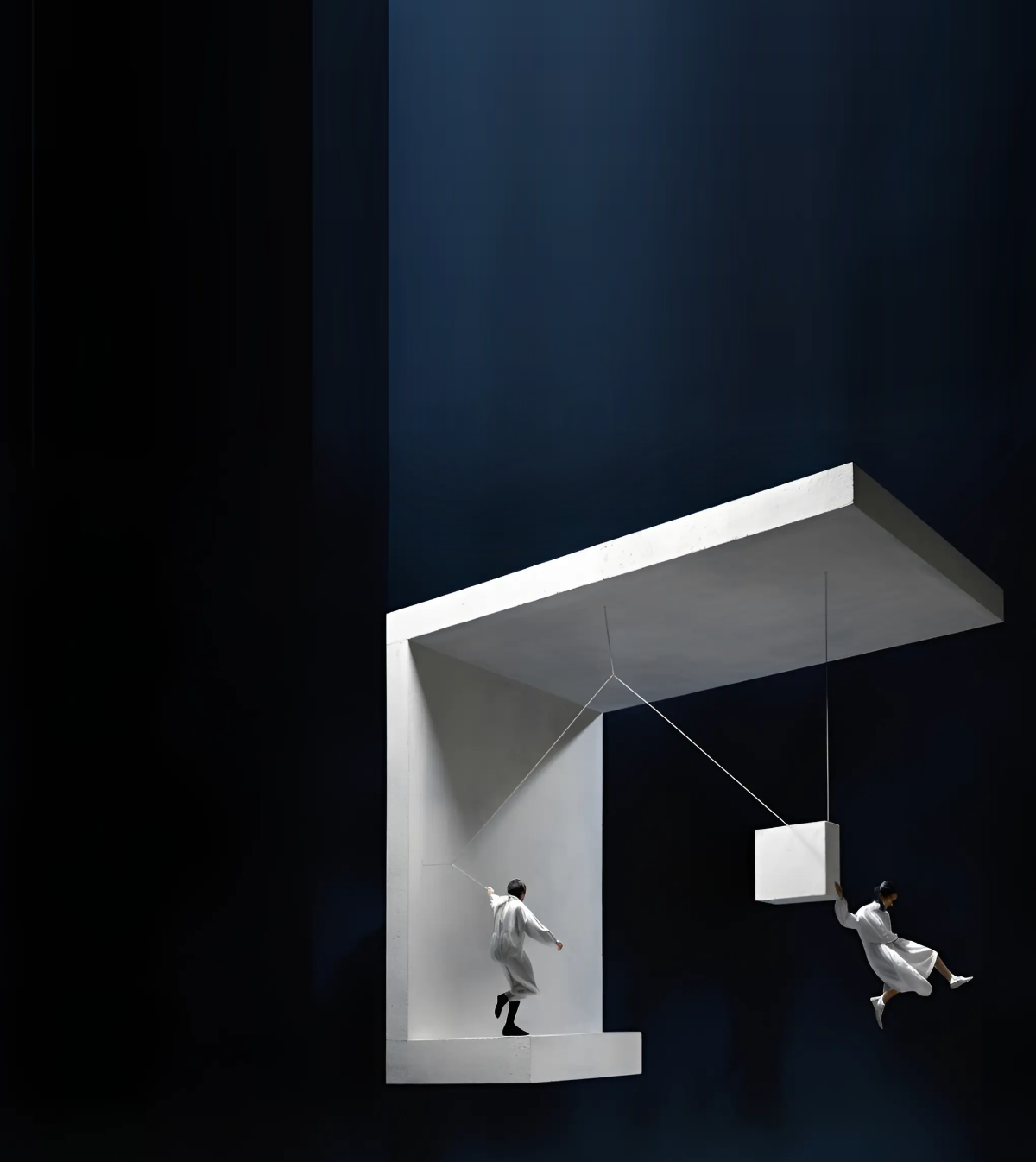The Growing Popularity Of Coworking Spaces In a time when digital distractions are always at arm's-length, freelancers, entrepreneurs and the self-employed creatives of the world are continually looking for a work environment outside of their own homes that provides them with some stability, clarity, and extra motivation.
With even traditional office spaces taking inspiration from the co-working model, interior design in workspaces is being repositioned as a priority, with spaces that provide an elegant and intuitively defined atmosphere becoming the industry standard.
The rise in co-working spaces

The Toong Coworking Space in Hanoi is one of many in the Asia Pacific region. Image source
In 2017, Statista reported approximately 15,500 co-working spaces i operation around the world; a figure which has is predicted to rise to nearly 19,000 by the end of 2018. At that time the region with the highest number of co-working spaces was the Asia Pacific, a region that included India, to total 3,975 spaces, followed closely by the United States which had just over 3,200.
And while these numbers are impressive, what it possibly most inspiring is that, in 2005, the number of co-working spaces was limited to just three. In just over ten years co-working spaces have become and industry in their own right, with successful brands such as Regus and WeWork becoming major industry leaders.
Why are co-working spaces so popular?
Working from home and in cafés, while free and flexible, has major constraints on those who are looking to grow their business. As such, co-working spaces have filled the gap between crouching in the corner in Starbucks to having your own commercial offices. They are an ideal space for SMEs and freelancers and offer numerous benefits such as the following:
1. A professional base for your business - offering a place to meet clients other than “that coffeeshop round the corner”.
2. Networking - regularly connecting with like-minded professionals and those in similar industries and backgrounds.
3. Events - many co-working spaces hold talks, networking events, or workshops that can help to upskill its members.
4. Motivation - the simple act of having a dedicated workspace away from the distractions of home or public spaces can drastically improve productivity.
5. Mentoring - larger co-working spaces also offer mentoring programs as an incentive to their members.
6. Storage - extremely helpful for those running a business that requires physical storage or server storage.
7. Brand promotion - exposure to other companies and their clients
8. Business location - often co-working spaces are located in central locations, making it more well-connected than a personal residence.
9. Fun - with great design and a modern and upbeat environment, co-working spaces have an atmosphere of fun that can be incredibly motivating for both individual workers and small businesses.
The world’s most popular co-working space
Probably the most internationally-recognised name in co-working spaces is WeWork, a company that was recently valued at $20 billion. With spaces in 18 countries, WeWork is present in every major city in the world, including New York City, London, Los Angeles, Mumbai, Buenos Aires, Tel Aviv and Tokyo.

WeWork is now one of the largest companies in the world, valued at $20 billion. Image source
What has set WeWork ahead of the competition has been their dedication to architecture and interior design, promoting themselves as a creative work environment that appeals to the younger workforce through comfortable and artistic workspaces. WeWork broke the mould in creating environments in which companies and individuals can meet, network and share ideas, with open plan layouts and communal kitchens being key to the free exchange of ideas.

WeWork is known around the world as a stylish and trendy coworking space. Image source
And while the concept of co-working spaces is not exclusive to companies like WeWork, their devotion to architecture and interior design has shown that a little forward thinking partnered with design principles can re-shape an entire industry.
Design-led co-working spaces
While industry leaders like WeWork are thriving, the boom in demand for co-working spaces is spilling over into other industries, where any design-focused space can become a co-working venue. Far away from the purpose-build buildings with their exposed brick copper pipe frames, are spaces like Guy Ivesha’s Mortimer house, whose charming architecture was designed by the experience-sculpting practice AvroKo.

Mortimer House is a modern-day members club, which is a fancy way of saying coworking space. Image source
Though ivesha didn’t envision Mortimer House as a co-working space originally, its warm and inviting atmosphere lends itself well to the concept, replacing the seemingly old-fashioned idea of a private members club with a co-working/networking space for millennials.
Even architecture practices themselves are following the design inspiration of co-working spaces. London-based practice Squire & Partners recently relocated to a repurposed department store. The interiors and architecture practice retained most of the original layout in an attempt to break away from traditional office spaces, showing how co-working is key to the increasingly multidisciplinary creative industries.
Director and head of interior design, Maria Cheung has been quoted as saying the following: “Opportunities to connect and pair-up with other like-minded people and businesses arise since the nature and design of these spaces foster an environment of cross-pollination of ideas and working relationships.”
The Urban Zoo Coworking Design Challenge
A consistent theme across these and most popular coworking spaces is the maintenance of personal identity through behaviour and design.
For those looking to challenge the status quo of co-working spaces, the Urban Zoo Coworking Design Challenge, is tasking participants are tasked to design a new workspace set to open in the heart of Latvia’s capital city, Riga. Urban Zoo Coworking looks to be “a home for creative beasts” built on the ideals of integration and non-discrimination.
Top 3 Reasons Why You Should Enter Architecture Competitions
Curious about the value of architecture competitions? Discover the transformative power they can have on your career - from igniting creativity and turning designs into reality, to gaining international recognition.
Learn more




















